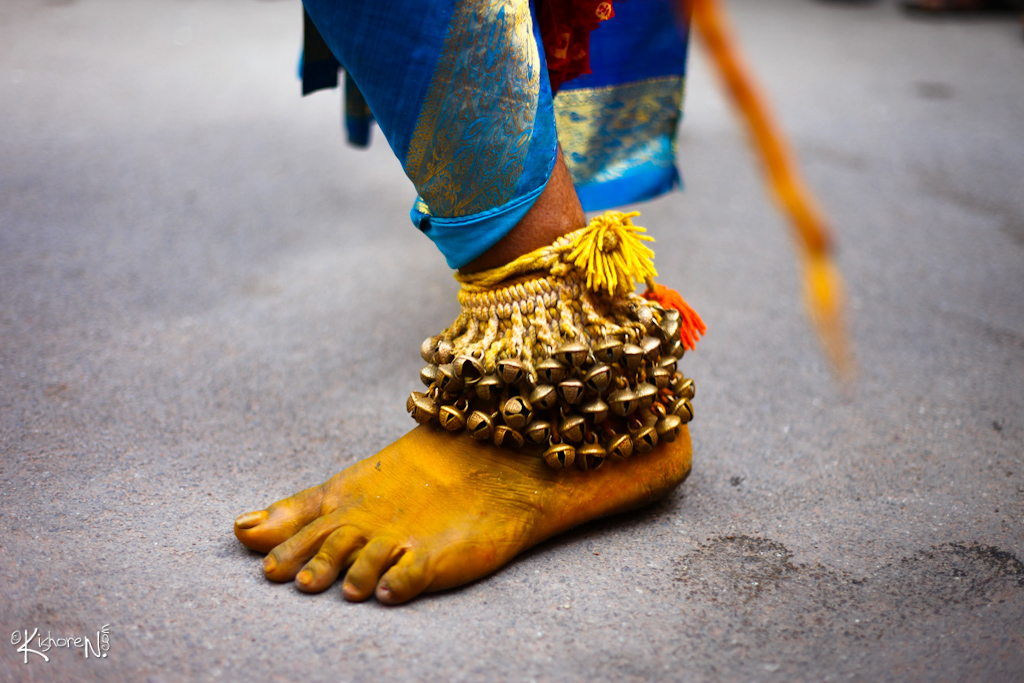
Folk dances in Telangana are highly colorful and an integral part of the cultural heritage of the state, manifestation of people’s ways of life and value system. By their lively rhythm and colorful clothes Telangana’s folk dances transmit the region’s range of communities and their creative tapestry. These dances are not just performances of happiness, festivity, and tranquility in the entire community, rather they are a manifestation of all these principles. Cultural euphoria of Telangana is greatly fortified by the unique importance of each dance form which carries with it the intensity of the rhythm in Gussadi, the gracefulness in the dance steps of Perini Shivatandavam and the cheerful beats in the Lambadi dance. The history, importance and unique features of the Telangana folk dances will be discussed in the introduction of the article because the folk dances are a key element of the cultural identity of the state.
1. Mathuri Dance
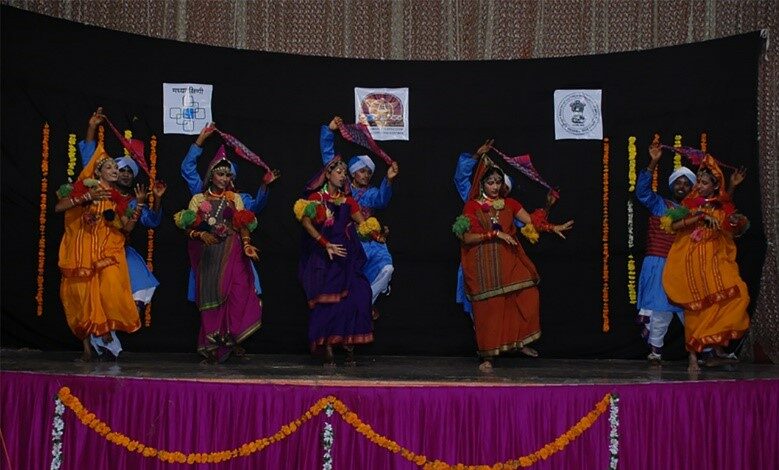
The Mathuri Dance is a classic Indigenous regional dance form originating from the state of Telangana, India. It is particularly performed by women and it has its unique graceful and rhythmical pieces. Mathiri Dance is a dance form which includes the celebration of festive occasions, weddings and other social events, depicting the cultural inclination of Telangana area. It is the tendency of dancers to put on varied traditional costumes as well as accessories that include jewelry making the dance more visually attractive.
A dance essentially articulates with its music played by the instruments like dappu (which is a kind of drum), and also singing. Mathuri Dance movement has intricacy and expression needs of storytelling and remarks on society. This folk dance is a cultural expression as well as a means of community bonding so that it shows the various rituals and beliefs of Telangana region. Through their festive dances, Mathuri Dance keeps preserving the cultural fabric of Telangana where people proudly showcase their ethnicity and customs.
2. Lambadi Dance
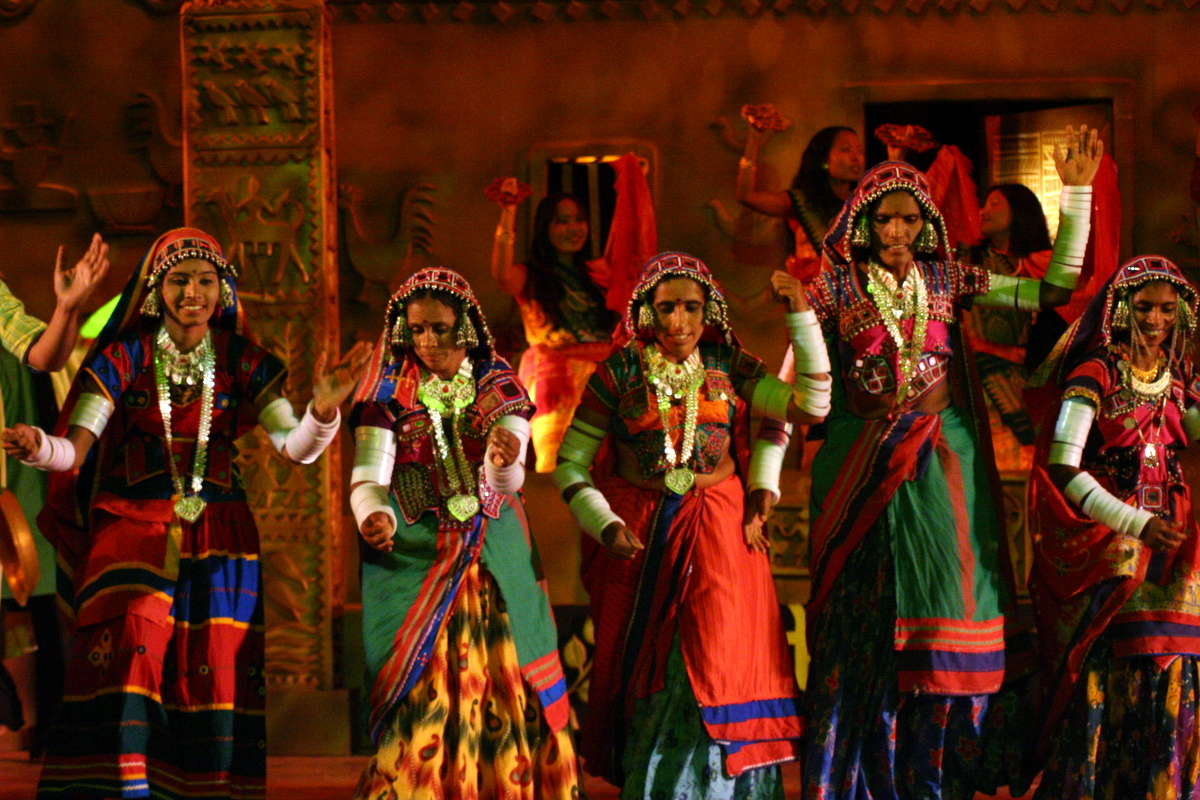
The Lambadi Dance, which is popularly called the Banjara Dance as well, is a traditional dance form developed by the Lambadi or Banjara tribe that is abundant in the states of Telangana, Andhra Pradesh, Karnataka, and some regions of Maharashtra in India. Dancing is one of the unique activities for the Lambadi people, and it is always a part of their cultural heritage performed at the festive seasons and celebrations. Lambadi Dance is known for the energetic and rhythmic steps accompanied by joyful music and singing. Dancers, generally female, wear multicolor traditional costumes embroidered with mirror work, beads and similar embellishments symbolizing Indian heritage by Lambadis. The dance movements of Lambadi Dance are nimble and superbly stylized, usually related to daily life, natural surroundings or folklore tales. That is a mix of hard footwork, hand gestures and the swaying of a dance body. The sight looks surreal for the audience. Through a variety of traditional instruments, like the dholak (a drum), harmonium and a few times, the brass plates, the Lambadi dance music is played. Among the songs sung at the Lambadi dance, there are those that are in the Lambadi language and the theme that is expressed is love, music, and social bonding.
Theinging played by the Lambadi community is the tool of cultural display and maintenance. In it, they transfer from one generation to the other their traditions and stories. Via the exciting and rich tradition the Lambadi have always enjoyed, the kumbi folk dance continues to play the role of re-awakening the Dutch settlers of their rich identity and inheritance.
3. Bonalu Dance
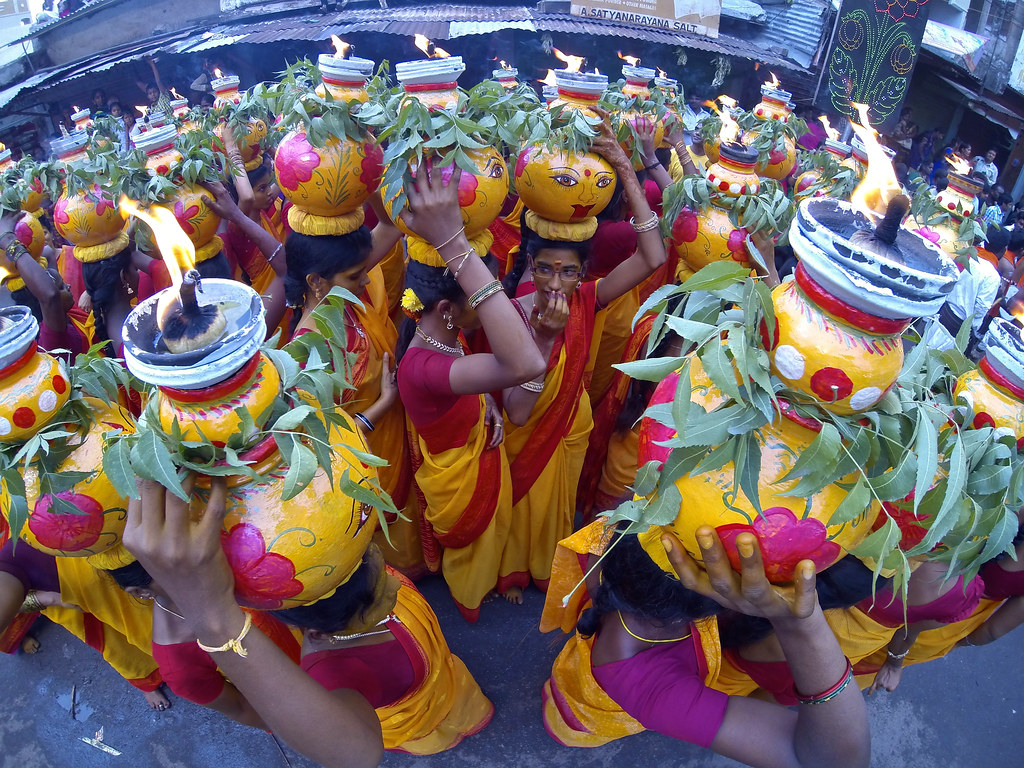
Bonalu is a Telugu folk dance adored in the Telangana part of India and being a most important part of Bonalu festival observed to commend and honor the Hindu goddess Mahakali. It is adored predominantly as an element of veneration and rejoice where it is performed predominantly by women. Women of Bonalu festival balance a pot of offerings decorated with almonds onhead their head, while they dance to the music in which traditional beats are rhythmic. The dance forms are exemplified by soft music moves, delicate hand movement designs and sways of the body causing a bewitching and happy environment. Bonalu dance sounds trippy with traditional music from the dappu drums coupled with cymbals and flute. The songs used during the dance were mostly to praise the gods and goddesses and pray for them to bless them with wealth and healthy family and themselves.
Folk dance is the iconic cultural expression of Mahakali puja as well as celebration during the occasion of Bonalu festival. It is the means of local people’s connectivity within the cultural values. With those vivaciously demonstrated rituals, the Bonalu Dance captures the legacy of the Telangana area next to the soul of its performers and onlookers.
4. Bathukamma Dance
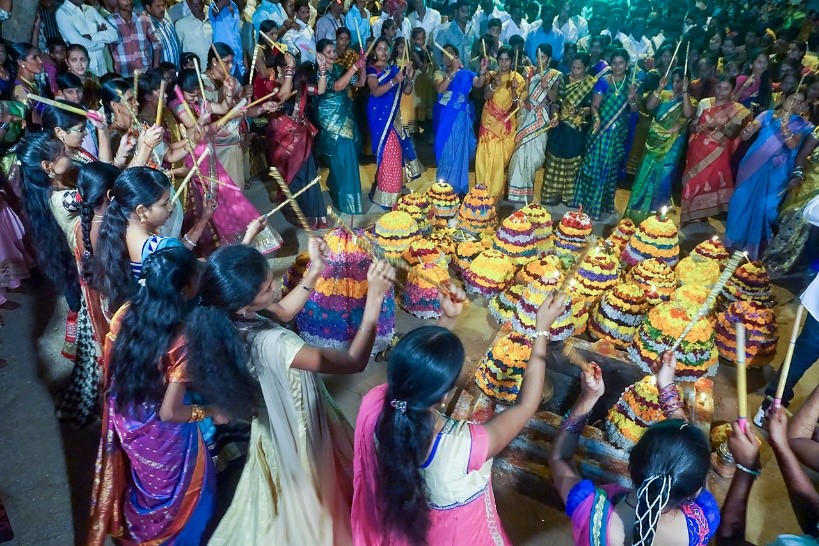
Bathukamma is a traditional folk dance, especially prominent during the Bathukamma Festival, performed in the Telangana region from India. Rama Navami is one of the most auspicious and significant celebrations, observed during Navratri seasons. The deity of giver life and fertility is revered, called Goddess Gauri or Parvati. Women place colorful flower arrangements in a semi-circle called Bathukamma or on top of each other (Tupakamma) during the occasion. Such a series of flower piles is then being transferred to the center of a community and served with singing, dancing, and rituals. The circle of women, who perform the dance around the imperishable stack of Bathukamma , becomes the scene of the whole celebration. They sing the traditional Gauri hymns and do rhythmic dance movements which also have a traditional instrumentation. Clapping and music are the often accompanying elements. The dance embodies the good-looking and the fertility of nature, and the fact that the women have a great spirit.
Bathukamma Dance, a meaningful ceremony which represents togetherness and respect to Mother Nature, is the embodiment of community unison as well as the symbol of cultural traditions and worshiping Goddess Gauri. This dance form not only brightens up the cultural landscape of the festival with its colorful costumes but also spreads a joyous and jubilant atmosphere among the members who perform as well as for the people who are watching bringing the dance as an inherent art form of the culture of Bathukamma in Andhra Pradesh.
5. Koya Dance

Koya Dance is an ancient folk dance art form, from the Koyas, a tribal community which is from Telangana, in South India. This dance is an integral element of the feast in the traditions of the Koya who perform this dance during the events, public ceremonies and social gatherings. Koya Style is defined by its fast and keen steps which are usually done to the music and the singing. It usually revolves around a specific pace that every dancer takes. People dressed in multi-colored garments with beads and ornaments embedded acting as a lovely sight in an aesthetic performance is not an irrelevant observation. The gestures of Koya dance are narrated stories based on plants, animals, rituals, and regular life of the tribe members. This entails a lot of pounding in the feet, emphatic hand waves and vivacious bodily moves which all have a great power to enrapture the spectator.
Koya dancer’s Music is performed by a traditional instrumental ensemble comprising drums, flutes, and strings which enhances the festive mood of the performance. Lyrics sung for traditional dance commonly reflect the pre-colonial past, folklore/legends, and cultural belonging. Koya Dance is one of the powerful expressive cultures that brings the community together and also is a way of preserving the cultural heritage of the Koya tribe. On account of its lively presentation, this folk dance has become a strong compass that provides a platform to the Koya people to express their local traditions and customs to the wider society in Telangana.
6. Perini (A Semi-Classical ) Dance
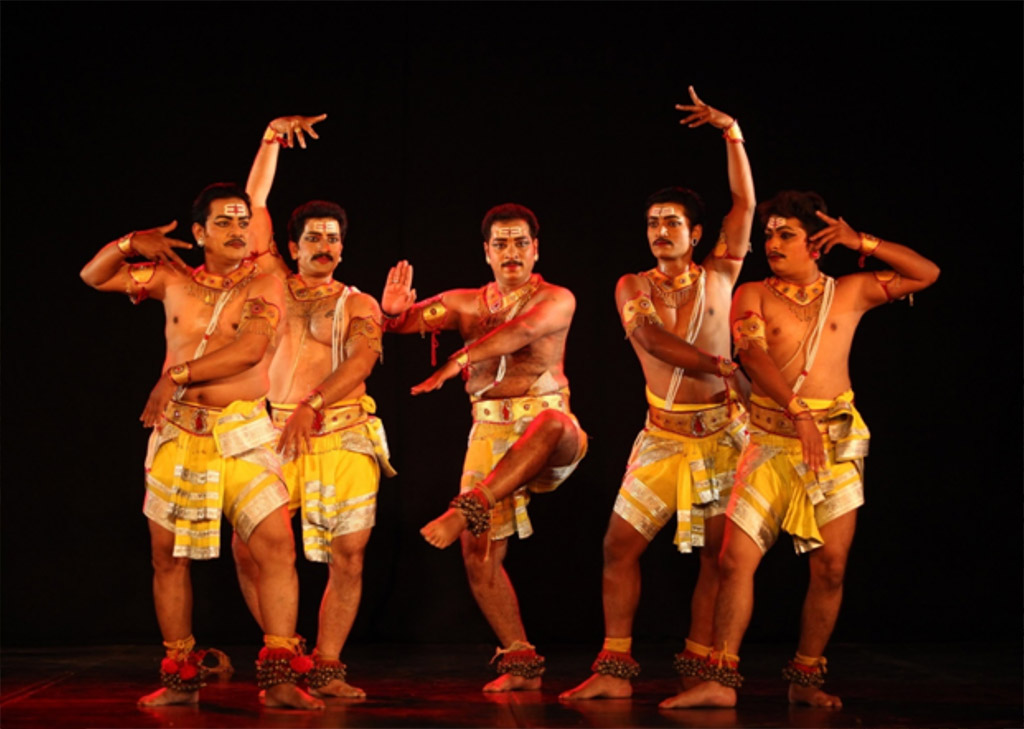
Perini dance is an indigenous folk dance in semi classic style that appeared between 10th and 14th centuries around the Kakatiya dynasty in present-day Telangana of India. Creative step dance was initially choreographed by the male dancers only for the purpose of worshiping the Hindu god Shiva, the dancer. The Kakatiyas dynasty was predominant in the tenth and eleventh century. It was in this period that the Pilani dance became very famous. Perini is the name of a vigorous warrior spirit embraced by life and death, which shows the complicatedness of a man and his profound determination to be a great warrior. The dance style is characterized with complex footwork, beats, body motions that are danced with great flair and elegance. On stage, dancers generally wear traditional form of clothing decorated with various ornaments, in their turn, contributing a visual aesthetic to the whole performance.
Perini dance music is the drum, cymbals, and flutes played which make a lively and exciting environment that can keep the attention of the participants. The always-gone songs are normally used to praise Lord Shiva and depict episodes from the Hindu mythology during this dance.
Recently, rehabilitation regarding Perini dance form was applied to save this diverse culture and history. The male dancer in Sipsi used to be the lone performer in this dance, but now women have also joined in on it, thereby expanding its scope and making it an irresistibly attractive form of semi-classical dance form of Telangana region.
7. Dappu Dance

Dappu dance, besides being a respected performing art form of the Telangana state of India, has also been a dance form, which has been known to be associated with a specific instrument known as Dappu (a type of drum). In this case, the dance is a feminine art form that is mostly practiced by men especially during festivities, ceremonies and social functions. Dappu dance, marked for its fast and rhythmic steps, beats of the Dappu is further added to it. Members of a dance usually walked in a circle or a line and moved in a closely grouped synchronous pattern that was blended with patterns from the martial arts and gymnastics.
The fundamental characteristic that sets Dappu dance apart is the rigorous and active movements of the dance, which are filled with details of footwork, hand gestures, and body movements. It is common in Indian classical dance forms to see the dancers wearing traditional attire like dhotis, turbans and not forgetting the colorful scarves and jewelry decorations that add to the overall catchy appearance of the performances.
Music for the Dappu Dance is ensured by the Dappu drum that is played with fantastic skill and scale by the dancers. The beat of the drums that is steady and fast paces the tension leading to audience participation and pleasure. The Dance of Dappu (Dappu
Dance) is not just an expressive outlet for and community heart-connection, but also a celebration of the unique culture of the Telangana province. The vital part played by this folk dance upkeep is a testimony to the continuation of culture, social cohesion and a sense of identity by the practitioners and spectators of the event.
8. Gussadi Dance
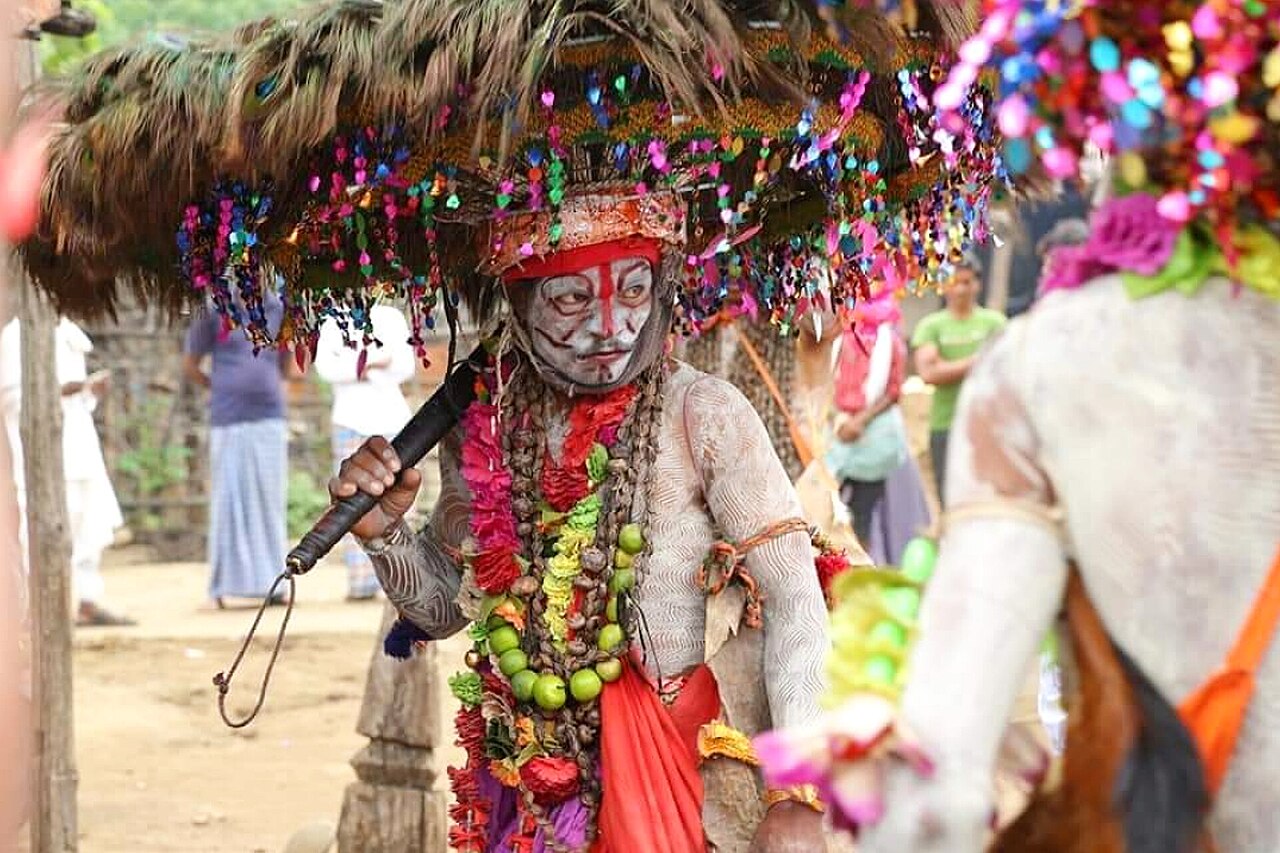
The name of the dance is Gussadi. It is a traditional folk dance being performed in the region of Telangana India by the Lambadi community who are also known as the Banjaras community. It is a male-dominated dance and performed at different revelry events during festivals, marriage, and social occasions. It is Gussadi Dance that is famous for its vigorous and lively beats, accompanied by the sound created by traditional musical instruments such as dholak (type of drum), flute, and harmonium. Dancers usually create either a circle or line and do moves that correspond and are synchronized with each other. Acrobatic motions and leaps are often brought in as well.
In Gussadi Dance, the dance steps are very energetic and filled with high speed footwork, interesting hand gestures and loud dances . Dance performers frequently put on different bright native costumes with bells, beads, and embroidery that are rich and many-colored, being a part of the stunning performance. Music for the Gusadi Dance is created by live musicians with traditional instruments playing folk songs and tunes and this produces a merry and happy atmosphere. The organizing and syncing of the rhythmic beats as well as the melody will stimulate both participation and pleasure from the audience of the performance.
Basically, Gussadi Dance carries a cultural impact amongst the Lambadi or Banjara people as it depicts celebration and unity within the community. Folk dance serves as a living art form to portray age-old traditions, maintain social fabrics and glorify the cultural heritage of Telangana area through constant live presentations.
Conclusion
The folk dances of Telangana vivify the cultural background of the state, thus standing as lively performances of traditions, celebrations, and communal oneness. And from the elegant Mathuri Dance to the spirited Lambadi Dance each of them is reflecting their own stories, customs, and beliefs that are a part of Telangana’s long history. The dances, which are performed on different occasions, such as during festivals, weddings or social gatherings, remain the keys in conserving and propagating the diverse and rich cultural landscape of the region. Their colorful attire, percussive tones and mesmerising performances has been making people wonder and the state’s cultural past keeps thriving. These dances with lively gestures and merry movements not only entertain people but also inspire a sense of pride and belonging among Telangana, thus becoming a unique element that denotes the state’s cultural identity.





